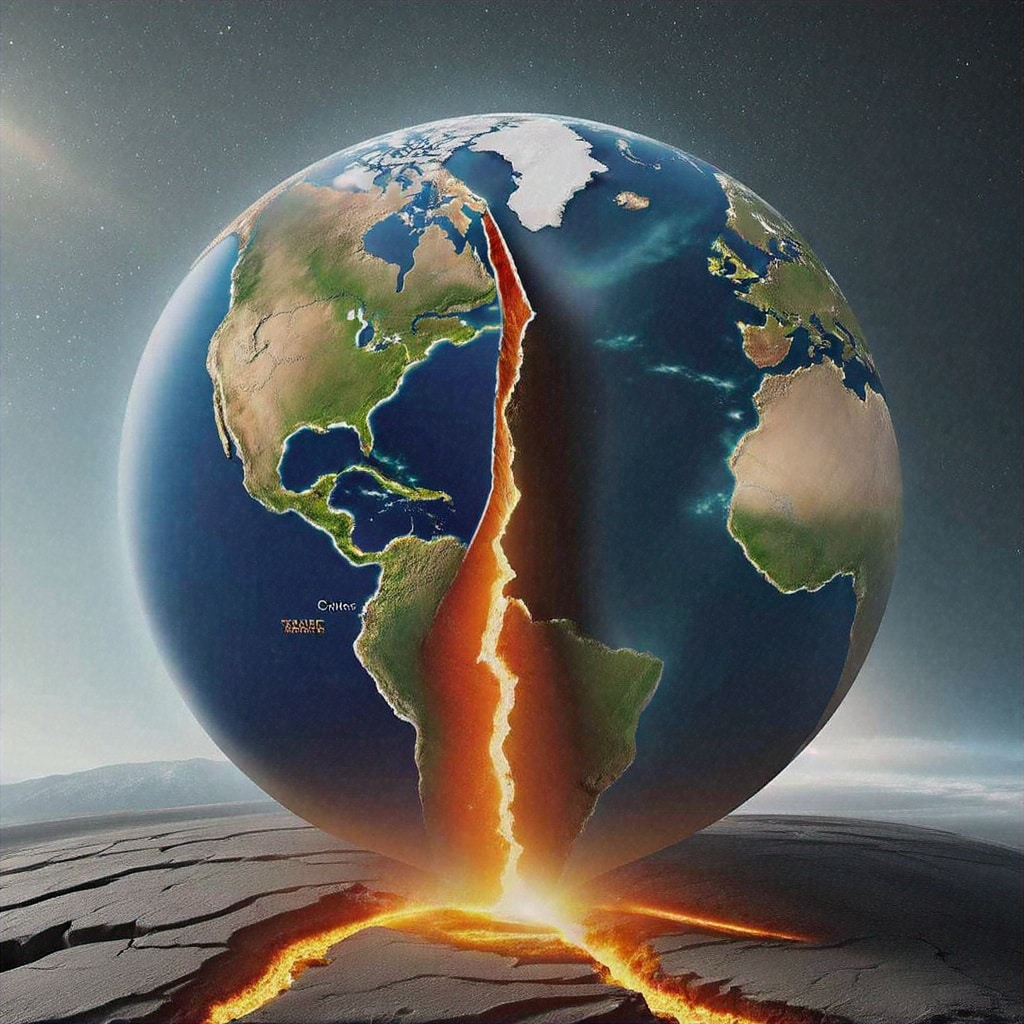Researchers, who have been studying the dramatic changes in the continental configurations of Earth over the past billions of years, have made a stunning observation: that the oldest continental crusts are disintegrating.
According to experts, the Earth’s crust went through expansion and contraction and has transformed not only its positions but also the topography across the entire planet.
From the time Earth came into existence, there has been long-term stability in some cratons of the continental crust and others have gone through little destruction because of mantle convection or tectonic events.
In new research, scientists have investigated the reason behind the deformation of cratons and found that it has happened because of a process called decratonisation. The study has been published in Nature Geoscience.
Some experts believe that the possible cause of decratonisation is subduction – a process in which a denser mantle is pushed beneath another – and deep mantle plumes – a process in which one of the segments of the mantle rises to the surface because of buoyancy.
However, they have failed to determine the mechanism which is pushing the deformation and destruction of Earth’s cratons.
China University of Geosciences Professor Shaofeng Liu investigated the disintegration of the North China Craton (NCC) and the western Pacific Ocean, which has been taking place for more than 200 million years.
However, the NCC is not the only place facing decratonisation, similar conditions were found in the North American craton, South American craton and the Yangtze craton.
“The North American craton, South American craton and the Yangtze craton in China may have experienced similar deformation. All of these may have experienced early flat-slab subduction.








